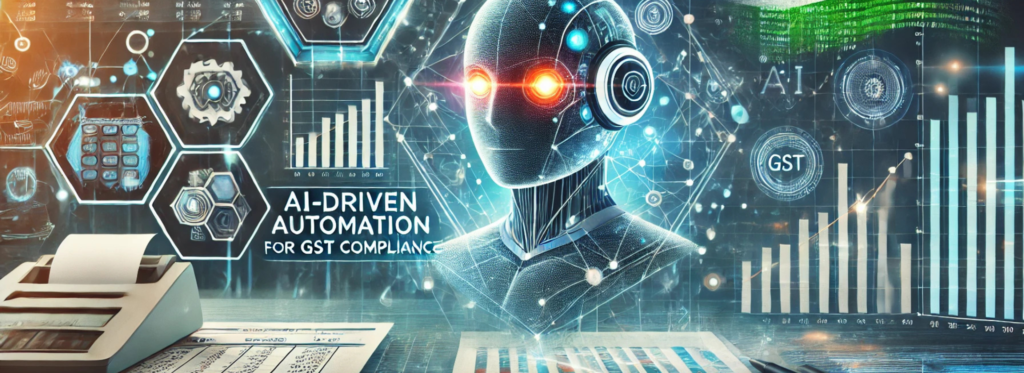The potential areas which can be enhanced with AI technologies include GST, ML, NLP, and RPA are suitable for Tally in accomplishing compliance tasks. Here are some of the ways AI can help:
Automating Data Entry and Invoice Processing
Probably one of the things that businesses spend a lot of time on is inputting data to the GST system, which is even more time consuming for companies with a lot of transactions. Presently, there are technologies that can extract data from invoices and input it into tally without much human interference. One is that this kind of automation can cut down enormously on human mistakes and hours spent.
It will also enhance invoice processing tasks as one of the benefits of adopting Artificial Intelligence. AI has an ability to maintain the check that categorized and validated invoices match the GST norms so that every transaction is compliant. This does not only improve the quality of measurement but also makes audit preparation easier.
Real-Time GST Reconciliation and ITC Matching
It is possible to use AI algorithms to automatically compare and consolidate GST data, linking invoices to allowable tax credits in real time where necessary. Normally speaking, input tax credit matching entails ensuring that the supplier has remitted his tax to the government before the buyer can demand a credit. An AI based auto reconciliation tool could align and analyze the purchase registers along with GSTR-2A data to find out gaps; it can also alert you about the areas where ITC claims might get a reject. This enhances the accuracy of the system and shortens their working hours spent in the validation of tax credits especially for the GST purpose.
E-Invoicing and Compliance Management
Recently the GST Council has set mandatory e-invoicing rules that need invoices to be formulated in line with certain electronic parameters. Through AI, there is validation of data as well as formatting of data in the right format which is correctly formatted to meet with the government standards. With an integration of Tally to such next-generation e-invoicing solutions that are integrated with AI, it becomes easy to create e-invoices that are accurate, well compliant, and genuinely real-time.
More so, it can also help to brief itself on the most recent changes in the set regulations. These systems can make changes to GST rules of tally on their own and make sure that every transaction is according to the recent government regulations. It deprives non-compliance and makes sure businesses stay on the right track without any need for the update to be done manually.
Automated GST Filing and Reporting
Apart from filing, several reports are prepared, and validated too which involves different reports like GSTR-1, GSTR-3B, GSTR-9, etc. With the use of AI, it is possible to automate several filings related to Tally. The software can prepare the data, and check the data before even submitting it to the GST Network (GSTN). It also provides much time-saving and guarantees that the work will be done with no mistakes in the process.
Also, AI algorithms within Tally can produce complete compliance reporting in terms of filing status, errors, and compliance rating. Automated reporting is another benefit because it gives businesses real-time information about the state of compliance and in the event of any problems they are easy to solve before they worsen.
Predictive Analysis and Compliance Risk Management
AI can play a great role in prediction of compliance issues under GST so that all sorts of legal issues can effectively be foreseen in advance. Some losses result from previous unsuccessful transactions or even fraud, and machine learning can carry out assessments on transaction histories to detect strange occurrences. For example, those transactions that may attract suspicion when conducting an audit, the Artificial Intelligence in Tally sends its users a warning in advance of such transaction occurrences.
Through recognizing an anomaly early, AI reduces occasions where a company faces fines, audits, and penalties in compliance issues. This makes increased confidence in the company’s compliance and protection against risks not envisaged earlier.


 Tally on Cloud simplifies accounting, accessible anytime and anywhere, enhancing flexibility and convenience for users.Choose a secure backup solution with strong encryption, flexibility in scheduling, and easy data restoration.
Tally on Cloud simplifies accounting, accessible anytime and anywhere, enhancing flexibility and convenience for users.Choose a secure backup solution with strong encryption, flexibility in scheduling, and easy data restoration.



